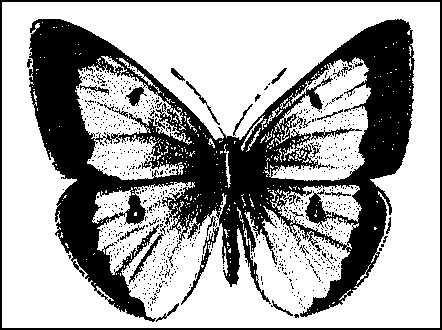To the Sierra Nevada
John Muir Laws
(Heyday Books)

Every page contains five or ten drawings by the author. Exquisite detail of, say, migrating butterflies, so that if you, too, are a migrating butterfly, you can tell the ladies from the gents: the Painted Lady from the American Lady and both from the West Coast Lady and the Zerene Fritillary (what is it about the word "Fritillary" that is so, well, so fitting?)

As far as flying things, give us the Hoary Bat, the Ruddy Duck (or Duddy Ruck) and the Harrier ("Harriers fly low to surprise prey, kites hover over meadows, ospreys dive for fish, and vultures scavenge for carrion"). One time my friends Rachael and Charlie were out in the high Sonoran desert, on a cliffside, in the lovely post-dawn roseate/gold quiet, and suddenly, from the valley below, up like an elevator, came an Army jet, zoom, then shot over their heads, screaming. Scared the scat out of them.

Another is the Mountain Emerald, because it is a naiad, a word that would also work nicely in Scrabble. Do you know the Ringtail was called "Civit Cat" by miners. The Ringtail was "caught and tamed to rid tents and cabins of rodents."
